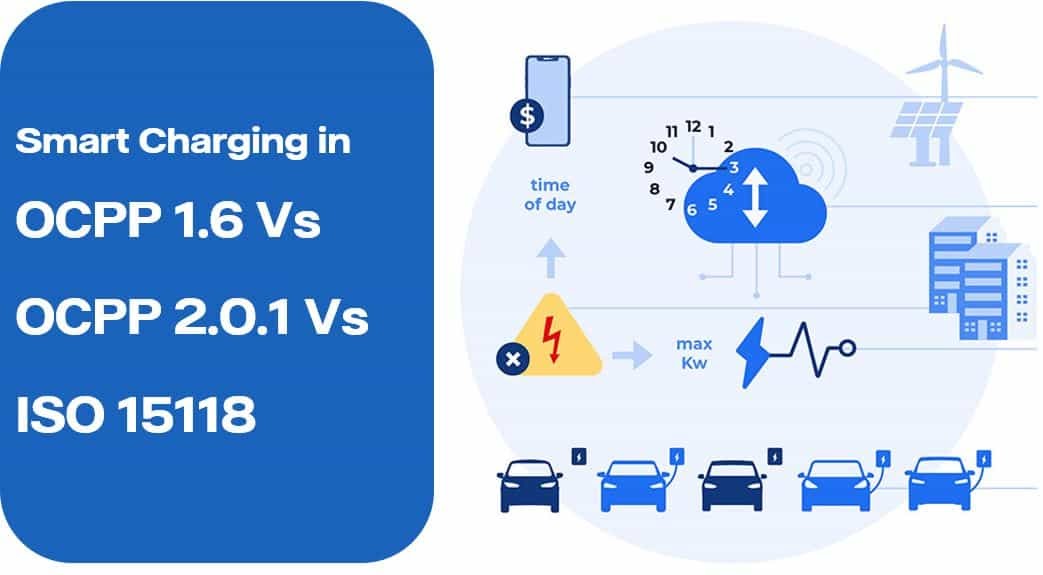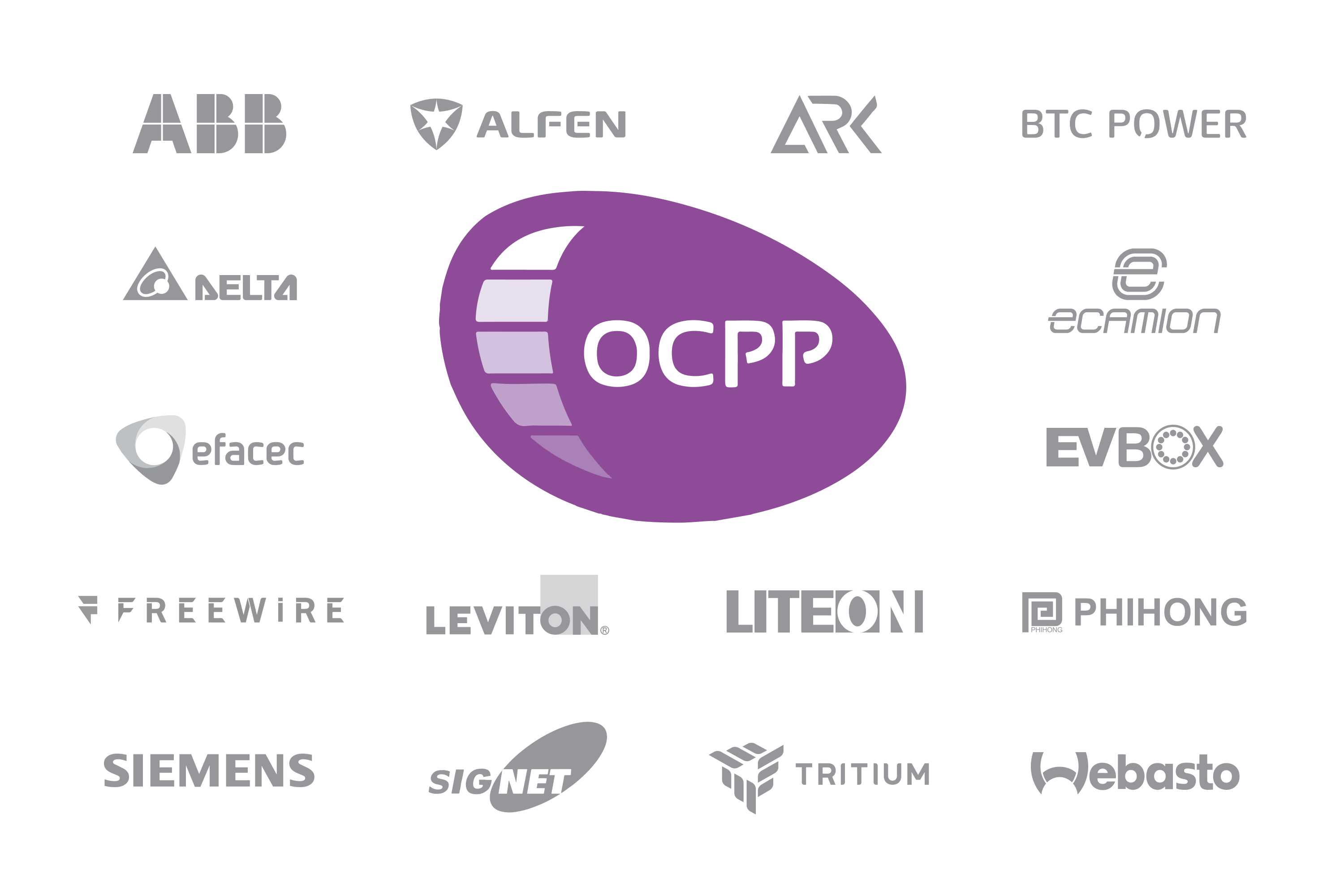What is new in Open Charge Point Protocol 2.0? | OCPP2.0 Vs OCPP 1.6
Here is the guide ro What is new in Open Charge Point Protocol 2.0? | OCPP2.0 Vs OCPP 1.6
Open communication standards are tools that allow anyone to exchange information using a common underlying framework, usually to overcome a communication hurdle. These frameworks mostly allow collaboration between new technologies to avoid fragmented markets.
This is well demonstrated by email. Developed in the 1980s and still in use today, a standard called IMAP, the Internet Message Access Protocol, allows a Gmail user in the US and an AOL user in India to retrieve your email from the server where it is stored. international communication conversation easier. If Google and AOL developed proprietary email protocols and the US and Indian governments had their own regulations for the protocols, cross-border communications, hardware types, and software brands would be broken. The designers of email protocols understood this and, to avoid market fragmentation, created a common infrastructure that developers can expand while maintaining interoperability.
What is new in Open Charge Point Protocol 2.0? | OCPP2.0 Vs OCPP 1.6
OCPP2.0, which was introduced in April 2018, is the latest version of the Open Charging Point Protocol, which enables the communication between charging points (EVSE) and the charging station management system (CSMS); describes. OCPP 2.0 is based on JSON Web Socket and is a great improvement over its predecessor OCPP1.6. Open Charge Point Protocol
To further improve the OCPP, OCA has released an update to 2.0 with an OCPP 2.0.1 maintenance release. This new edition of OCPP2.zero.1 integrates the upgrades located withinside the first implementations of OCPP 2.0 withinside the field. Open Charge Point Protocol
What is new in Open Charge Point Protocol 2.0? | OCPP2.0 Vs OCPP 1.6
Open Charge Point Protocol (OCPP) is a standardized framework for exchanging data between electric vehicle chargers, EVSEs, and internal software. Send start/stop/status message statistics for boot sessions, EVSE schedules, and firmware updates to the backend. The protocol is free and does not depend on any hardware. Using OCPP instead of developers like Gmail allows EVSEs from multiple vendors to work together. Some OEMs have developed “closed” hardware that cannot be used, but most are “open” and use OCPP as their common language. This allows companies such as eDRV to develop carrier software that works with equipment from a variety of manufacturers.
The OCPP, along with other charging standards, is administered by the Open Charge Alliance, an international group of private and public electric vehicle infrastructure companies. The most widely used version is OCPP 1.6. In addition to the above features, 1.6 enables smart charging, the ability for the network operator to set restrictions such as power levels or time limits for a single charger, Trigger Messages that allow the network to request information from the charger, and local authorized lists. to determine who can load on which device. At eDRV, we use this framework to organize the data and command functions of the chargers and make them available to users in an easy-to-understand dashboard / hub.
Our platform is also compatible with the latest version, OCPP 2.0.1. It offers enhanced smart charging features, lower data consumption, and significant security enhancements. Enhanced smart charging supports vehicle network operation and ISO / IEC 15118 standard, a protocol for communication between the network operator and the vehicle’s onboard computer. Electric vehicle drivers are often bothered by the need for mobile apps or RFID tokens to access cargo. In theory, an operator may want to use ISO / IEC 15118 to pick out the motive force while the car is plugged in and begin charging without apps, however, this calls for OEMs and operators to work together collectively.
eDRV recently launched our version of this service, Plug & Go. Currently, we allow Tesla and BMW drivers to connect to an eDRV-compliant charging station and walk away while the onboard computer identifies their account, and our software manages the charging process. By implementing WebSocket compression support and reducing start / stop / status messages to a single Transaction Event 2.0.1, the amount of data transferred to the back end is significantly reduced and the cost of maintaining a network loader, which Typically is downstream The host and the driver is passed to the location. Open Charge Point Protocol
The last major update is security. In model 1.6, the relationship among EVSE and the community backend required a VPN to encrypt the whole conversation channel. Now data packets are encrypted at the protocol level and no third parties are required for a secure connection. All the big steps towards a safer and more functional electrified infrastructure. Open Charge Point Protocol
What are different AC Power Systems (TN, TT & IT earthing) and which one should you choose?
Some functionality improvements:
The improvements were made primarily in the area of ISO 15118 for smart charging and security, as well as general security improvements. The following section can provide an overview of the functionalities that have been added/improved in the latest version.
- Management of device:
Functions to call and configure settings and to monitor a charging station. This is a highly anticipated feature that is particularly welcomed by charging station operators managing complex, manufacturer-independent (fast DC) charging stations.
- Improvement in handling transactions:
Especially welcomed by charging station operators who manage a large number of charging stations and transactions.
- Additional security:
The addition of secure firmware updates, security logging, and event notification, as well as security profiles for authentication (key management for client-side certificates) and secure communication (TLS).
- Added smart charging functionalities:
For topologies with energy management system (EMS), a local controller, and for integrated smart charging of electric vehicles, charging stations and charging station management systems.
- Support for ISO 15118:
Related to plug-and-charge and smart charging requirements from the electric vehicle.
- Messaging and Displaying support:
Used to provide the driver of an electric vehicle with the rates and tariffs right on the information display.
- Many more additional improvements:
The request of electric vehicle drivers should also be solved.





Trackbacks/Pingbacks